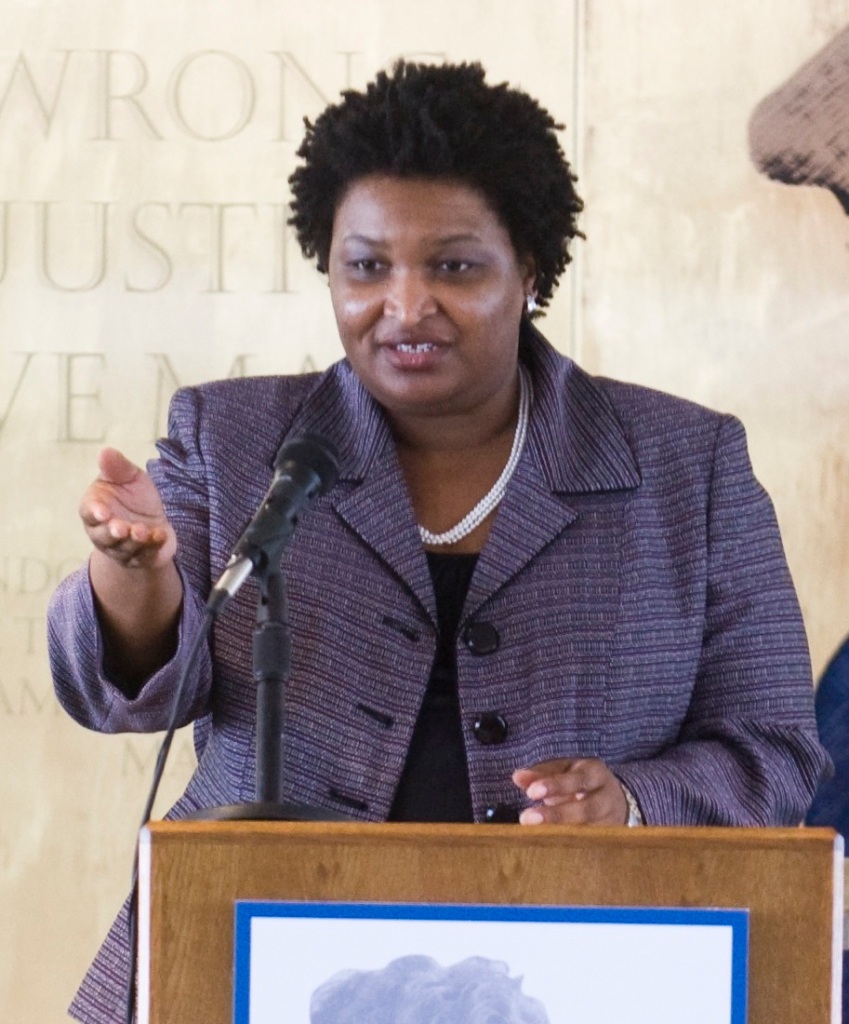Few things excite the mind of fashionistas as much as the way female politicians dress. Should they care, do they care, about their sartorial experiences? Does women’s power reside in being ‘invisible’ in terms of fashion choices, or does a well-chosen sartorial strategy give them ‘visibility’, and thereby ‘relatability’, sympathy, attention, perhaps even agency?
Recently, two articles dealt with this question in an interesting fashion, apparently coming to opposed conclusions. Carmen Böker’s essay in the German weekly Die Zeit offers the intriguing argument that German chancellor Angela Merkel’s power is reflected in her sartorial invisibility, in her ability to make people stop judging her by her clothing. The German audience knows what to expect from her, and she always delivers: a pantsuit, combining black trousers and jackets in different colours. In Böker’s words, such dress code ‘rather eliminates than emphasises the body, containing it hermetically so that it is no longer perceived as such’. Her ‘signature silhouette’ is always recognisable: ‘as iconic as the shape of the pedestrian traffic-light figure (Ampelmännchen)’.
If we cut through the snark, there is actually an interesting argument about the role of visibility, fashion and politics here. It suggests that visibility amounts to exposure, inviting the sometimes critical, sometimes derogatory gaze from both men and women. Merkel has clearly escapes this form of publicity by standardising and ‘dulling down’ her sartorial choices. But does this actually mean that she has become ‘invisible’? Does power really reside in this?

There is something ironic about an essay that forwards this argument but includes a visual introduction of 42 images of chancellor Merkel wearing jackets of literally all the colours of the rainbow. Clearly, choices, however limited, are made by her. Secondly, the argument about her sartorial invisibility is based on five pages (print-out) of keen analysis of a very competent fashion writer, discussing the basic structure of Ms Merkel’s pantsuits, their effect on her physical appearance, citing the assessment of the fashion system of her pantsuits as ‘semi-fashionable’, and approvingly contrasting her fashion choices to other female and male German politicians as offering a distinctive ‘look’. Both female and male politicians, Böker suggests, have to find their own recognisable and appropriate style that escapes the public’s snarky criticism. If, as suggested, Angela Merkel is indeed a role model for this, the surely her personal style is anything but invisible. Much like her reign, people have simply come to accept it.
Which leads me to Robin Givhan’s WaPo article on Stacey Abrams, the Democratic contender for the governorship in Georgia. Regrettably, she did not win the election, but this does not distract from the main argument that Ms Abrams fashion choices were part of a political strategy: to make herself, and to make the unseen people in Georgia visible. In Ms Abrams’ words: ‘In our Georgia, no one would be unseen’. As Givhan notes, ‘Appearance is political’. Indeed, as I argue in The International Politics of Fashion, being visible is a central element of being political, never more so than in our thoroughly ‘mediated’ political reality.

It’s a pity Ms Abrams lost the gubernatorial elections; her Republican opponent is a lousy dresser.
I love it!!
LikeLike
Great ending!
LikeLike
Thanks! Had to get that off my chest.
LikeLike